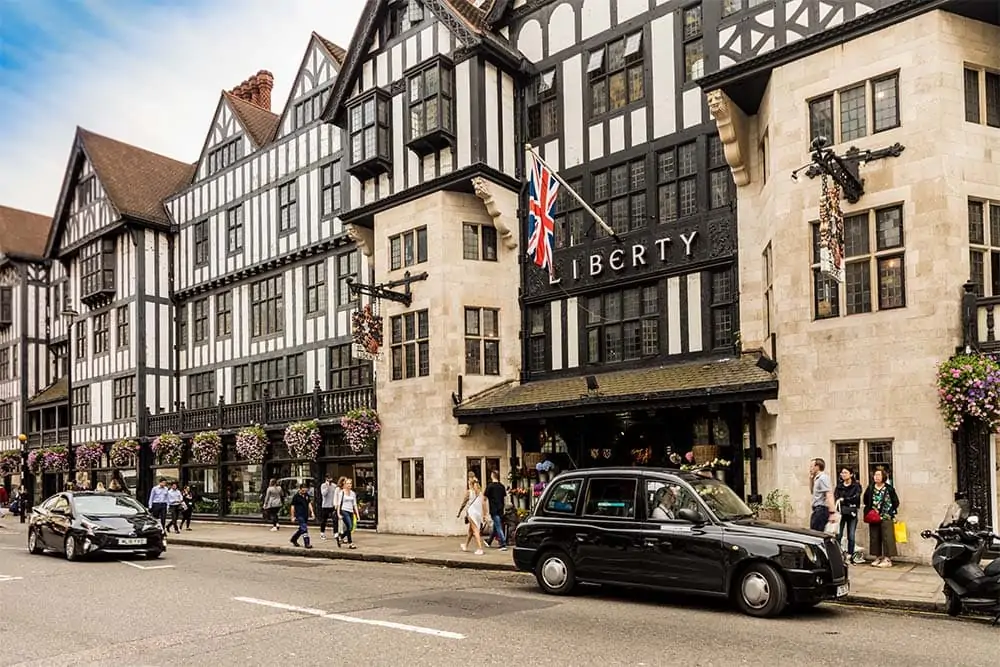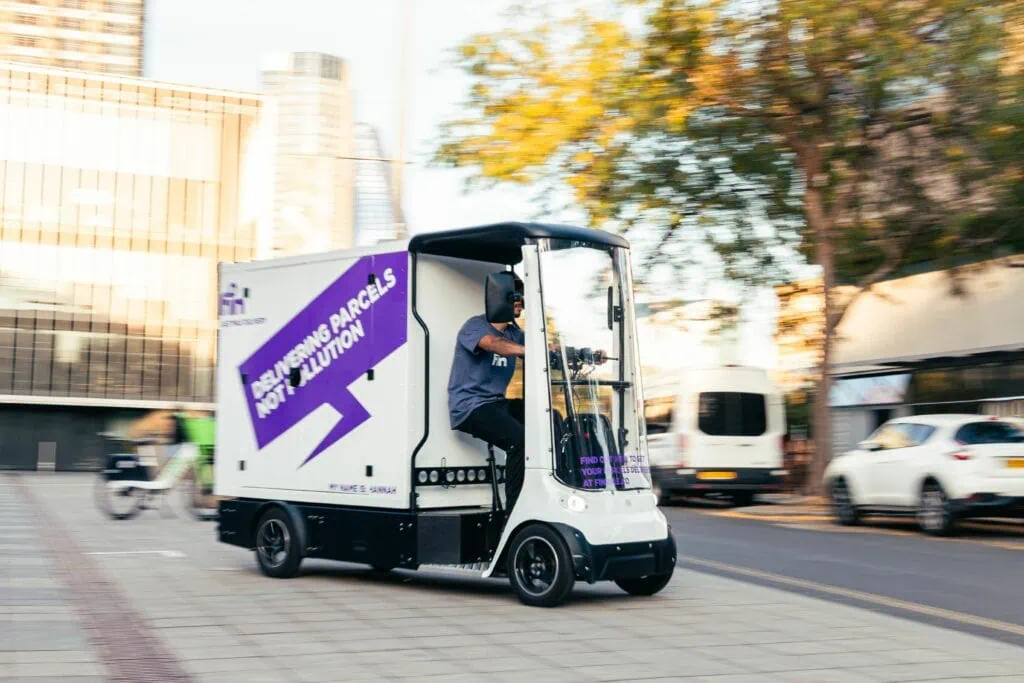
Black Friday 2021 – Part 1
Black Friday falls on 26th November this year and retailers will be hoping for a spectacular uplift in sales. But, with the impact of the COVID-19 pandemic and Brexit continuing to rumble on, uncertainty is rife. How will customers behave during the Black Friday period this year?
That uncertainty makes it hard for retailers to plan. There are so many factors affecting consumer spending right now that it’s hard to predict whether sales will return to 2019 levels, rise above that record of £8.6billion, or fall well below as they did in 2020.
Let’s take a look at the factors influencing customer behaviour this November.
Autumn budget targets online retail
October’s autumn budget contained mixed blessings for the retail sector. A 50% cut in business rates for bricks and mortar outlets, coupled with the possible introduction of an online sales tax (in consultation at the time of writing), is designed to help high street shops fight back against the rapid advance of online retail. But how will it affect consumers?
The online sales tax is aimed primarily at giants like Amazon, eBay and Asos, but the likely outcome is that smaller online shops – many of which are offshoots of bricks and mortar outlets – will be the ones that have to put up their prices. That in turn would give the high street some scope for price increases, all of which will impact on consumers.
With no announcement expected until spring, however, this could provide an incentive for consumers to buy now before the prices rise. Or, together with further tax increases and a predicted rise in inflation to 4.4% next year, it could be the cue for consumers to tighten their purse strings now.
Buy early to avoid Christmas disappointment
The timing of Black Friday is more significant than ever this year. Since the American tradition first arrived in the UK in 2013, it has steadily grown to be the period when UK consumers do their most spending, as they seek out bargains for Christmas. Indeed, several leading retailers have already announced that they will not open on Boxing Day this year.
The rush to buy early for Christmas will be more compelling than ever, due to the widely publicised delays in deliveries. Consumers are well aware of the supply chain issues, brought about by a combination of major port closures and a driver shortage. They have seen it first-hand at the fuel pumps and in the food aisles and have heard the warnings of major retail brands that certain goods will not be available in time for Christmas.
Therefore, we can expect more and more consumers who usually leave their Christmas shopping until December to change their habits and try for the extra lead time of Black Friday.
Tougher spending choices
2021 has seen the financial impact of the lockdown, Brexit and the shipping crisis hit home, with unemployment up on pre-pandemic levels, the highest tax burden since the early 1950s, rising fuel and energy prices and the end of the furlough scheme resulting in a fall in disposable income*. At the same time, consumers have more spending choice than they did last year, when non-essential shops and pubs, bars and restaurants were all forced to close throughout the Black Friday period.
This year, hospitality venues will be going all out to entice customers through their doors in the run up to Christmas and, with so many Christmas events cancelled last year, they can expect an enthusiastic response. That, of course, will be tempered by lingering concerns about the spread of COVID-19 in crowded venues, which is likely to keep some consumers, particularly in the higher age brackets, at home.
Overall, however, with less money to spend, higher prices and more consumer choice outside the retail sector, this could signal a fall in Black Friday demand.
Exodus from the High Street to online
Black Friday 2020 was, by necessity, an online event. Barclaycard saw a 32% increase in the value of online transactions processed during the period, and this was even higher in gift categories such cosmetics, jewellery and electronics.
But the migration to online shopping has been happening steadily for the last seven years and a good indicator that it will continue this year can be found in Google search trends. In 2014, search interest in the term “Black Friday” started to increase seven weeks before Black Friday. This year, that rise started 12 weeks in advance.
The unavailability of bricks and mortar shopping last year will have driven more consumers to adopt online shopping as their primary option and, perhaps surprisingly, the most marked uptake in online shopping is among the older generations. Fear of the virus continues to play its part in how and where people choose to shop.
Conclusions
It is safe to say that demand will increase during the Black Friday and Cyber Monday period, but the question is to what extent? Retail footfall is forecast to tumble – down 17% on 2019, according to Springboard – and the heaviest demand will be online.
At ILG, we are gearing up to meet the increased demand for e-commerce fulfilment and help our customers plan their Black Friday strategy. In part 2, we’ll be looking at the current sentiment among retailers and how this will affect the way they approach Black Friday.
Read Part 2: Twist or stick? How retailers are approaching Black Friday amid huge market uncertainty.
*Source: Office of National Statistics
**Source: TradingEconomics.com
Contact Us
More insights >
A Guide to UK Market Entry for Canadian Brands
Canada’s traditional export routes have been radically changed recently and the UK market could be a good alternative to the US. Read our guide to UK market entry.
ILG Partners with Fin – Sustainable Logistics
ILG is thrilled to announce its new partnership with Fin Sustainable Logistics, a pioneer in zero-emissions delivery services.

